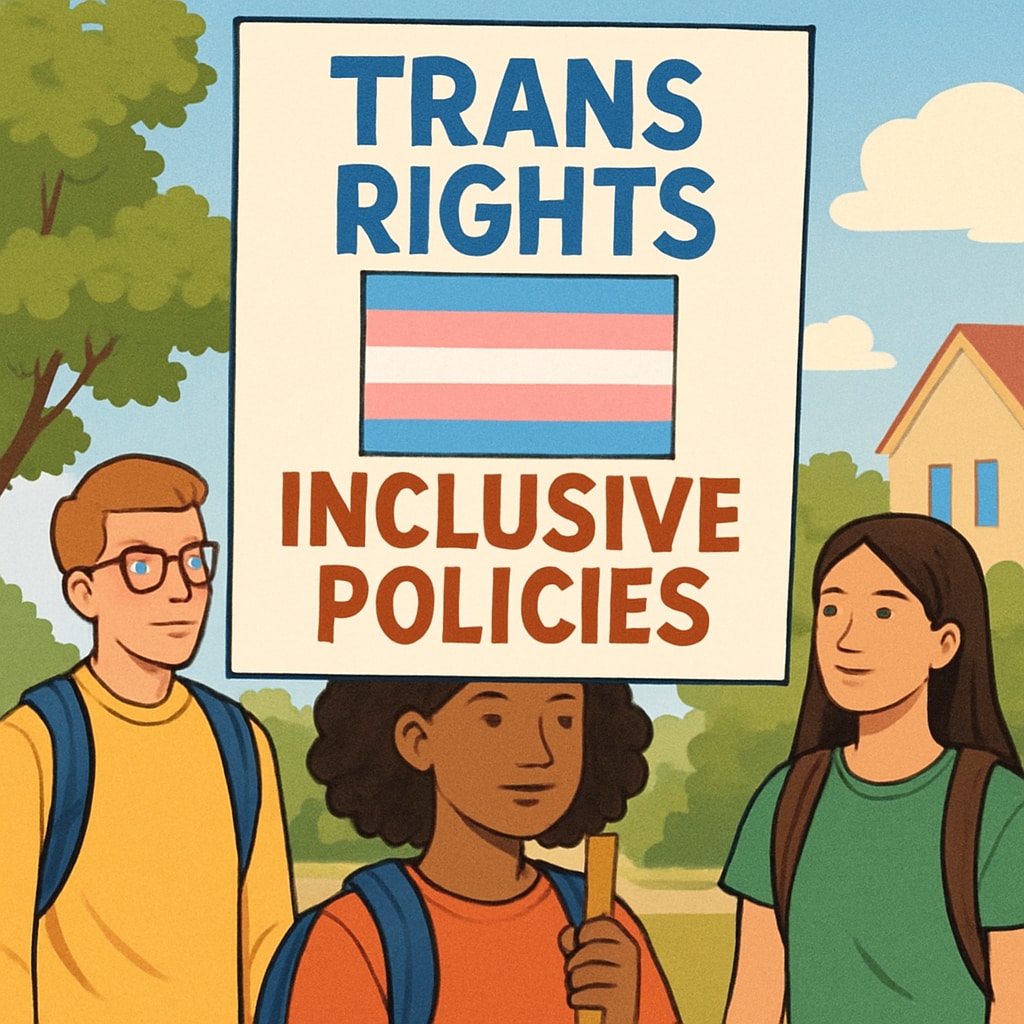Brown University’s decision to adopt a gender binary policy following its acceptance of federal funding has raised significant concerns about its impact on transgender students. The policy, which aligns with traditional male-female classifications, challenges the university’s reputation for inclusivity and progressive values. As a result, many transgender students have experienced difficulties navigating academic and social spaces within the institution. This article explores the implications of the policy and its broader effects on the university community.
The Shift in Brown University’s Gender Policy
Brown University, renowned for its commitment to diversity and inclusion, faced a pivotal moment when it began receiving federal funding. Federal guidelines often mandate adherence to binary gender classifications, particularly in areas such as data reporting and the administration of sex-based rights under Title IX. Consequently, Brown implemented policies that emphasize male and female gender categories, which inadvertently marginalized nonbinary and transgender identities.
For example, transgender students reported challenges when updating their gender markers in university systems or accessing gender-specific facilities, such as restrooms and housing. These administrative hurdles have left many feeling excluded and unsupported, contrary to the principles Brown historically championed.

Challenges Faced by Transgender Students
Transgender students at Brown University have encountered a range of challenges stemming from the gender binary policy. These issues include:
- Limited Recognition: Many students feel their gender identities are invalidated by policies that fail to accommodate nonbinary classifications.
- Access to Facilities: Gendered housing and restroom policies create obstacles for students who do not identify strictly as male or female.
- Mental Health Impact: The lack of institutional support has contributed to feelings of isolation and increased stress among transgender students.
Furthermore, student advocacy groups have highlighted how these challenges undermine the university’s broader goals of equity and inclusion. According to a report published by the Human Rights Campaign (Human Rights Campaign), schools that fail to implement inclusive policies risk fostering environments of discrimination and harm.

Balancing Federal Compliance and Inclusivity
Brown University’s leadership has defended the policy as a necessary step to comply with federal regulations tied to funding. However, critics argue that prioritizing compliance over inclusivity contradicts the university’s ethos. Navigating this balance requires innovative solutions that uphold federal requirements while protecting the rights of transgender students.
For example, institutions like the University of California have successfully implemented gender-inclusive policies while maintaining compliance with federal guidelines (University of California system on Britannica). These measures include using inclusive language in official documents, providing nonbinary housing options, and establishing dedicated support centers for LGBTQ+ students.
Looking Ahead: Advocacy and Change
The controversy surrounding Brown University’s gender binary policy underscores the need for ongoing dialogue and advocacy. Transgender students and allies have organized campaigns, pushing for policy revisions that reflect the university’s values of inclusion and respect for all identities. These efforts have gained traction, with some faculty members and administrators expressing support for change.
As a result, Brown now faces an opportunity to lead by example. By fostering collaboration between students, faculty, and policymakers, the university can develop solutions that honor its commitment to diversity while meeting federal obligations. Ultimately, the goal is to create an environment where all students, regardless of gender identity, feel valued and supported.
Brown University’s journey highlights the broader challenges educational institutions face in balancing regulatory compliance with the imperative to uphold human rights and dignity. The experiences of its transgender students serve as a powerful reminder of the importance of inclusive policies in shaping equitable academic spaces.


